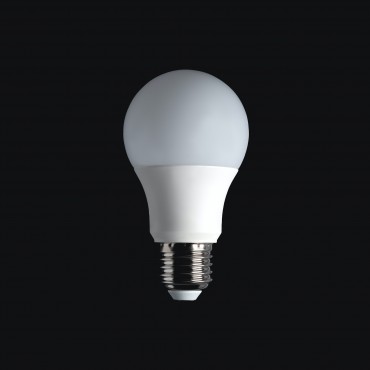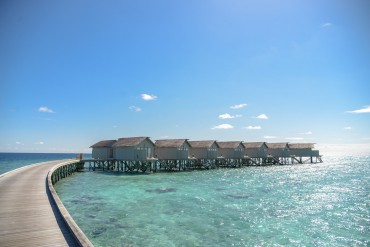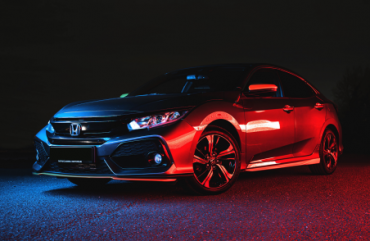LEDs are quickly replacing conventional lighting solutions like fluorescent, halogen, and incandescents for a variety of reasons. Some of the most notable ones are reduced energy consumption, extended lifespans, and minimal maintenance requirements. And if you are still stuck with the age-old traditional lighting solutions, here’s a post that gives you seven key advantages of switching to the new age LED lighting solutions that are creating a rage all over.

1. LEDs offer higher energy efficiency.
The energy prices are soaring through the roof and people are fed up with high energy bills. One of the ways to tackle this menace is to use LED lights that use around 50 percent less electricity as compared to traditional lighting solutions thereby allowing substantial cost savings.
2. LEDs have longer lifespans.
Unlike traditional lighting solutions that have shorter lifespans, LED lights have much longer lifespans. Incandescent bulbs, for instance, have a lifespan of 750 to 2000 hours. Similarly, fluorescent bulbs have lifespans in the range of 10000 to 20000 hours. LED bulbs, however, come with far longer lifespans in the range of 35000 to 50000 hours.
3. LEDs can operate at very low temperatures.
One of the major benefits of LEDs is that they can operate at low temperatures. Unlike fluorescent bulbs that require a higher voltage to start, at lower temperatures, LEDs perform better at lower operating temperatures. This makes LEDs an ideal fit for cold storage spaces, freezers, and refrigerated display cases.
4. LEDs come on instantly with 100% brightness.
Have you noticed how it takes time for fluorescents and HIDs to start providing 100% brightness when they are switched on? Usually, they take around 2-3 minutes to reach maximum light output. LEDs, on the other hand, come on instantly with full brightness as soon as they are switched on. Luminous LEDs are, therefore, considered ideal for applications that require no re-strike delay.
5. LEDs are unaffected by rapid cycling.
LEDs are considered a great fit for flashing displays, occupancy or daylight sensors. That’s because they remain unaffected by rapid cycling which means that no matter how many times you switch them on or off, it doesn’t have any impact on their lifespan. Traditional lighting solutions, on the other hand, experience reduced longevity when frequently switched on/off.
6. LEDs allow continuous dimming.
You would come across very few traditional lighting solutions that are dimmable. That’s because manufacturing dimmable fluorescents is an expensive affair. This is not the case when it comes to LED lights. Manufacturing dimmable lights is not only much cheaper but they also allow continuous dimming up to about 10 percent of the maximum dimming light.
Note – Continuous dimming allows smooth dimming as opposed to step-level dimming that has a limited number of dimming levels.
7. LEDs emit virtually no infrared or ultraviolet rays.
The best thing about LED lights is that they are eco-friendly. Unlike incandescents and other conventional lighting solutions that convert a substantial amount of power consumed into heat and infrared, which in turn causes burns and other health hazards, the LEDs emit almost zero infrared or ultraviolet rays. This makes LEDs a safer lighting solution.
Go LED and contribute to a sustainable future!
If you care for the environment and want to contribute to a sustainable future for the coming generations then you shouldn’t think twice before replacing every single conventional piece of lighting in your home with an LED bulb, tube or lamp. LEDs help reduce carbon footprint as they are recyclable and consume minimal power. Also, LEDs do not contain any toxic element or chemical that pose a risk to our environment.
We hope you found the post useful and will switch to Luminous LED if you haven’t already.

























































Comments